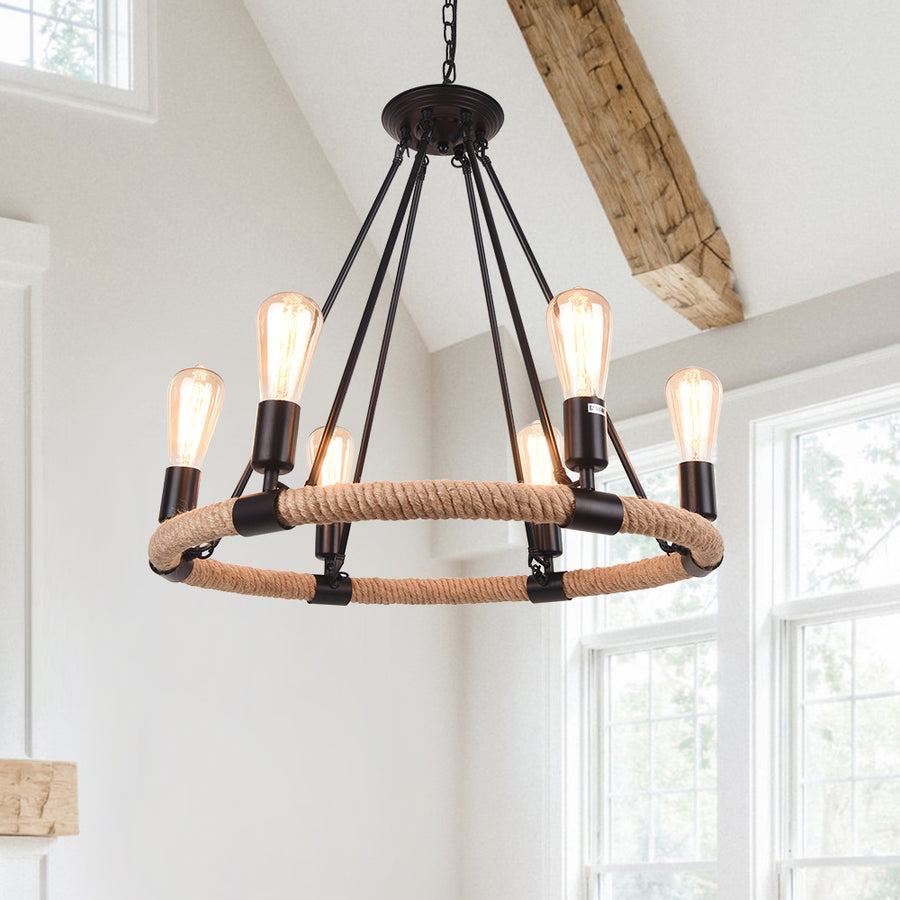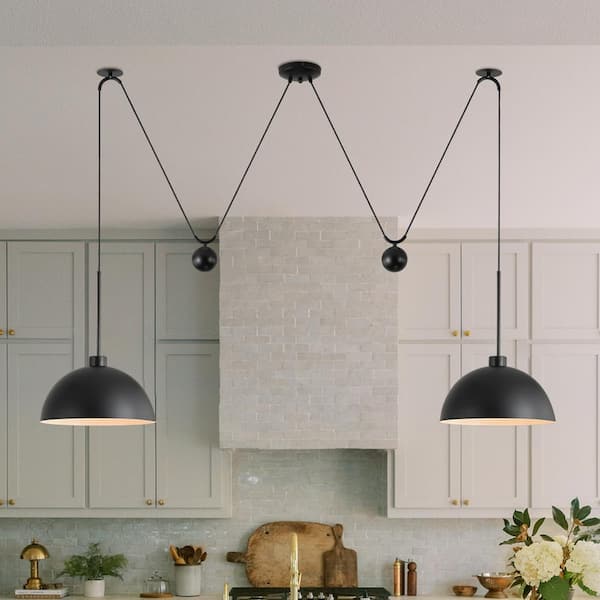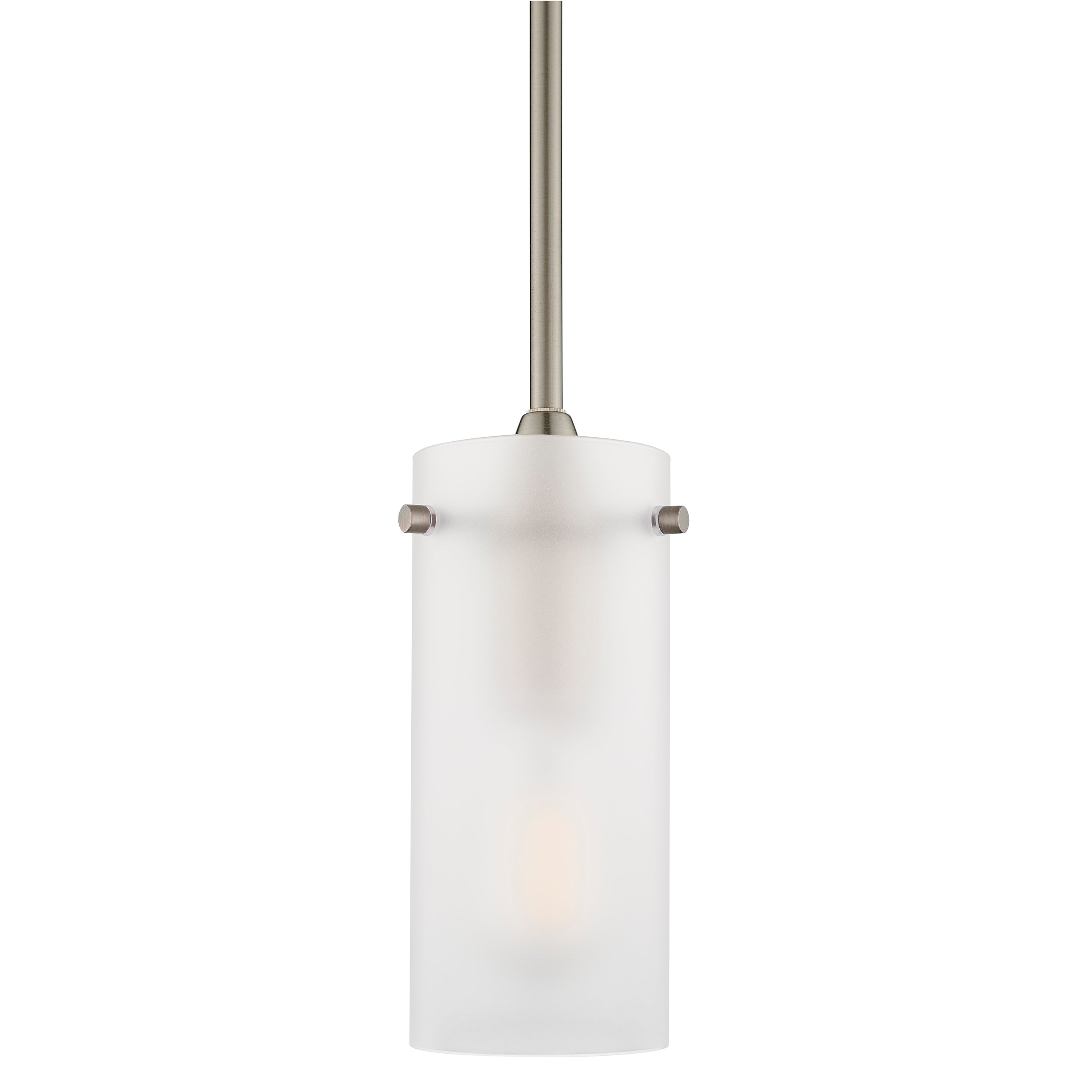The Art of Using a Pendant Light for Cozy Living Room Ambiance
Wiki Article
How to Choose the Perfect Pendant Light to Improve Your Inside Layout
Picking the perfect Pendant light calls for mindful consideration of different aspects. The style must line up with the general decoration, while dimension plays a vital function in guaranteeing correct percentage. Shade and finish alternatives can enhance aesthetic charm. In addition, evaluating light output is essential for functionality - Pendant Light. Understanding these aspects can transform a space, creating an inviting environment. Yet, the procedure entails greater than simply aesthetics; there are usefulness that have to also be dealt with
Comprehending Different Pendant Light Styles
Pendant lights can be found in a variety of designs, each offering special aesthetic and useful benefits. From commercial styles that feature exposed bulbs and steel surfaces to stylish glass components that stimulate a sense of class, the choices are substantial. Contemporary Pendant lights frequently stress minimal shapes and clean lines, while vintage-inspired designs might include intricate detailing and cozy tones.For those looking for a rustic appeal, fixtures made from natural materials like wood or rattan offer a comfy feel. In addition, multi-light necklaces can function as statement items, combining a number of light bulbs in a single style for significant effect.
Each style adds differently to an area, influencing the overall ambiance and personality. Comprehending these varied Pendant light styles allows house owners and developers to make informed choices that align with their interior decoration vision, boosting both functionality and visual charm in their atmospheres.
Establishing the Right Dimension for Your Area
When choosing a pendant light, accurately determining the ceiling elevation is vital for accomplishing the appropriate balance in a room. Additionally, calculating the range of the fixture in regard to the surrounding area warranties that the light matches instead of bewilders the style. These variables play a crucial duty in developing an unified indoor environment.Action Ceiling Height
To attain a cosmetically pleasing design, measuring ceiling elevation is vital for selecting the suitable size of Pendant light. The height of the ceiling straight influences the range and proportion of the lighting component. In spaces with basic eight-foot ceilings, Pendant lights need to normally hang around 30 to 36 inches over the surface area listed below, such as a table or kitchen area island. For greater ceilings, adjustments need to be made appropriately, as a greater installation can produce a much more dramatic result. When figuring out the excellent elevation, it is crucial to reflect on the total area dimensions and design. Exact measurements aid guarantee that the Pendant light not only enhances the area's style yet also supplies ample illumination without frustrating the room.Determine Fixture Range
Choosing the ideal dimension for a lights component is vital for creating consistency in a room's layout. To calculate fixture range, one should take into consideration the dimensions of the room. An usual guideline involves adding the space's length and width in feet, which gives a perfect diameter in inches for a pendant light. As an example, a space measuring 10 feet by 12 feet recommends a component diameter of around 22 inches. Furthermore, the elevation of the ceiling plays an essential function; taller ceilings may accommodate larger fixtures. Making sure the Pendant hangs at an appropriate height-- typically 30 to 36 inches above surfaces-- further enhances functionality and aesthetic charm. Appropriately scaled fixtures can change a space, making it feel welcoming and well-coordinated.Thinking About Color and Complete Alternatives
When choosing a pendant light, the interplay of color and surface can considerably influence the total visual of an area. Working with the light's shade combination with existing style assures a harmonious layout, while the selection of coating product can improve structure and design. Thoughtful consideration of these components is critical for achieving a natural search in interior style.Shade Combination Coordination
Shade combination sychronisation plays a vital duty in accomplishing a harmonious interior decoration, particularly when picking pendant lights. Choosing a necklace light that complements the existing shade system improves the total visual. A light with warm tones can produce a comfortable atmosphere in an area filled with natural hues, while cooler tones may integrate efficiently with a modern-day, minimalist combination. It is essential to take into consideration the dominant shades in the room, guaranteeing that the Pendant light either blends flawlessly or provides a striking contrast. Furthermore, including accent colors from the scheme can connect the layout together, developing a natural appearance. Eventually, thoughtful click this color control boosts the visual impact of the Pendant light within the interior decoration plan.Complete Material Considerations

The selection of surface products for Pendant lights considerably affects the overall style visual of a room. Different surfaces, such as matte, glossy, or textured, can produce varying visual influences. For example, a polished metal surface may stimulate a modern, industrial atmosphere, while a matte or brushed coating can offer a softer, extra natural feel. Shade options, ranging from traditional blacks and whites to dynamic hues, also play a necessary duty in integrating with existing decor. Additionally, materials such as glass, timber, or ceramic can boost the Pendant's character and enhance surrounding components. Inevitably, picking the appropriate surface material ensures the Pendant light not only lights up yet additionally enhances the space's design narrative.
Evaluating Light Result and Capability
Light outcome and performance are basic consider selecting the perfect Pendant light for any space. Examining the illumination of a necklace light includes recognizing lumens, which measure the overall light emitted. A higher lumen count typically suggests a brighter light, necessary for tasks such as analysis or cooking. Furthermore, the color temperature level, determined in Kelvin, impacts the ambiance; warmer tones develop a cozy ambience, while cooler tones promote awareness.Performance prolongs past illumination to include the fixture's layout and positioning. Flexible necklaces can provide flexible illumination for different activities, while dealt with choices include a declaration to the design. Considering the elevation at which the Pendant will certainly hang is important, as it influences both light distribution and security. Inevitably, a well-assessed light output and functionality will certainly assure that the chosen Pendant light satisfies both aesthetic and functional requirements in the desired area.
Matching Pendant Lighting With Your Inside Design Theme
Just how can one assure that Pendant lights boost the general interior style motif of a room? The vital depend on choosing components that reverberate with the recognized aesthetic. As an example, in a minimalist setting, basic and streamlined layouts in neutral shades can produce a cohesive look. On the other hand, a vintage-themed space may gain from ornate Pendant lights, featuring intricate designs or cozy tones that evoke nostalgia.Additionally, thinking about the product and finish of the Pendant light is vital. Metals like brass or copper can add a touch of beauty to a contemporary room, while wood components may match rustic insides.
Color consistency also plays a significant role; picking shades that straighten with the space's scheme warranties that the lights really feels incorporated as opposed to misplaced. Ultimately, the ideal Pendant lights need to not only brighten yet likewise function as a stylistic expansion of the overall design, boosting the atmosphere and personality of find out here now the area.
Installment and Placement Tips for Maximum Effect

In bigger areas, take into consideration making use of bigger necklaces or collections to prevent them from feeling shed in the room. For an open-concept format, lining up the pendants with various other style components, like countertops or furniture lines, cultivates communication. In addition, dimmer switches can improve versatility, enabling flexible ambiance. Eventually, thoughtful installment and placement of Pendant lights can transform the appearances and functionality of any type of interior decoration.
Frequently Asked Questions
What Are the most effective Products for Pendant Lighting?
The ideal products for Pendant lights consist of glass for sophistication, metal for resilience, and textile for heat. Each material provides unique aesthetics, permitting developers to develop versatile lighting options that enhance numerous interior styles and atmospheres.
Exactly how Do I Keep and Clean Pendant Lights?
Keeping and cleaning up pendant lights entails routine dusting, using a damp fabric for surface areas, and employing mild cleansers for glass elements. Regular checks for loosened fittings assure safety and security and extend the life expectancy of the components.
Can Pendant Lights Be Dimmable?
The inquiry of whether Pendant lights can be dimmable matters for many. Different designs use dimmable features, enabling users to change brightness, enhancing setting and capability. Compatibility with dimmer buttons is essential for peak efficiency.What Is the Lifespan of Regular Pendant Light Bulbs?
The lifespan of normal Pendant light bulbs varies substantially. Incandescent bulbs last about 1,000 hours, while small fluorescent lights (CFLs) can last 7,000 to 15,000 hours. LED bulbs supply the lengthiest life expectancy, reaching up to 25,000 hours or even more.Are Pendant Lighting Suitable for Outdoor Usage?
Pendant lights can be appropriate for exterior use, yet they must be particularly designed for such settings. Weather-resistant materials and correct setup are important to ensure toughness and safety and security against elements like moisture and wind.Color palette coordination plays an important function in attaining a harmonious indoor layout, especially when picking pendant lights. The choice of surface products for Pendant lights considerably affects the overall layout visual of a space. Light output and performance are basic aspects in choosing the ideal Pendant light for any space. Examining the brightness of a pendant light involves comprehending lumens, which measure the complete light produced (Pendant Light). How can one assure that Pendant lights enhance the total indoor style style of an area?
Report this wiki page